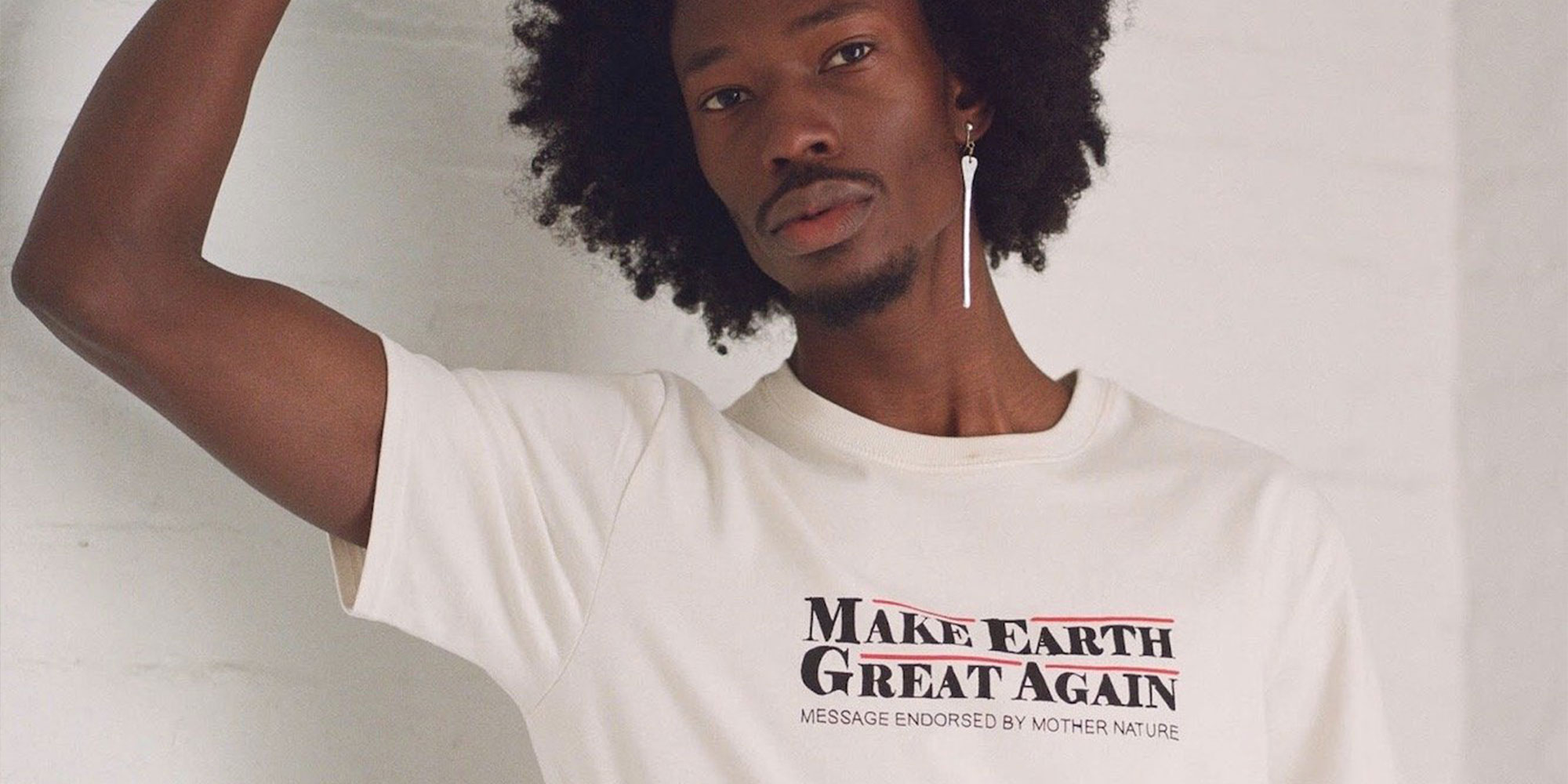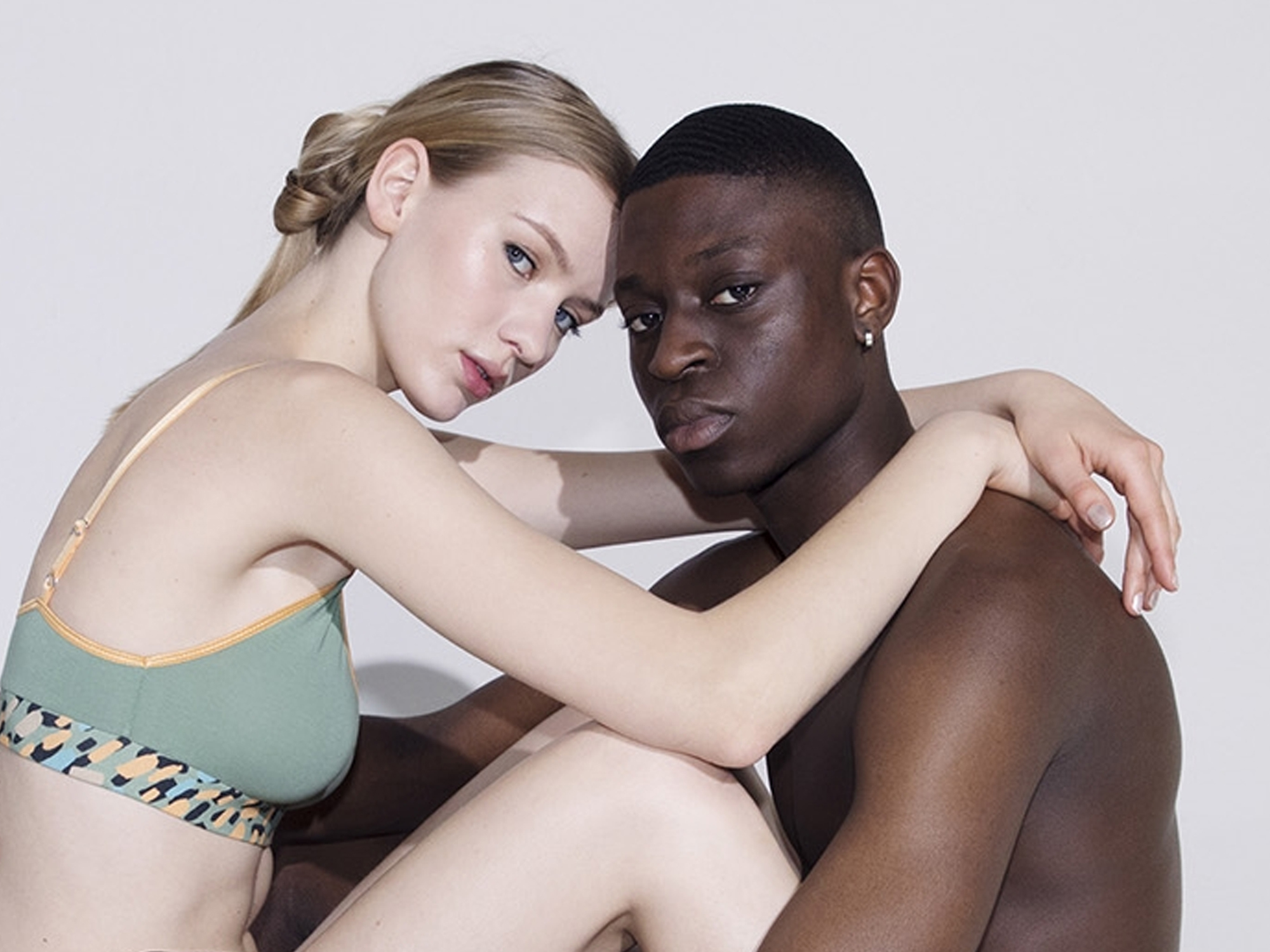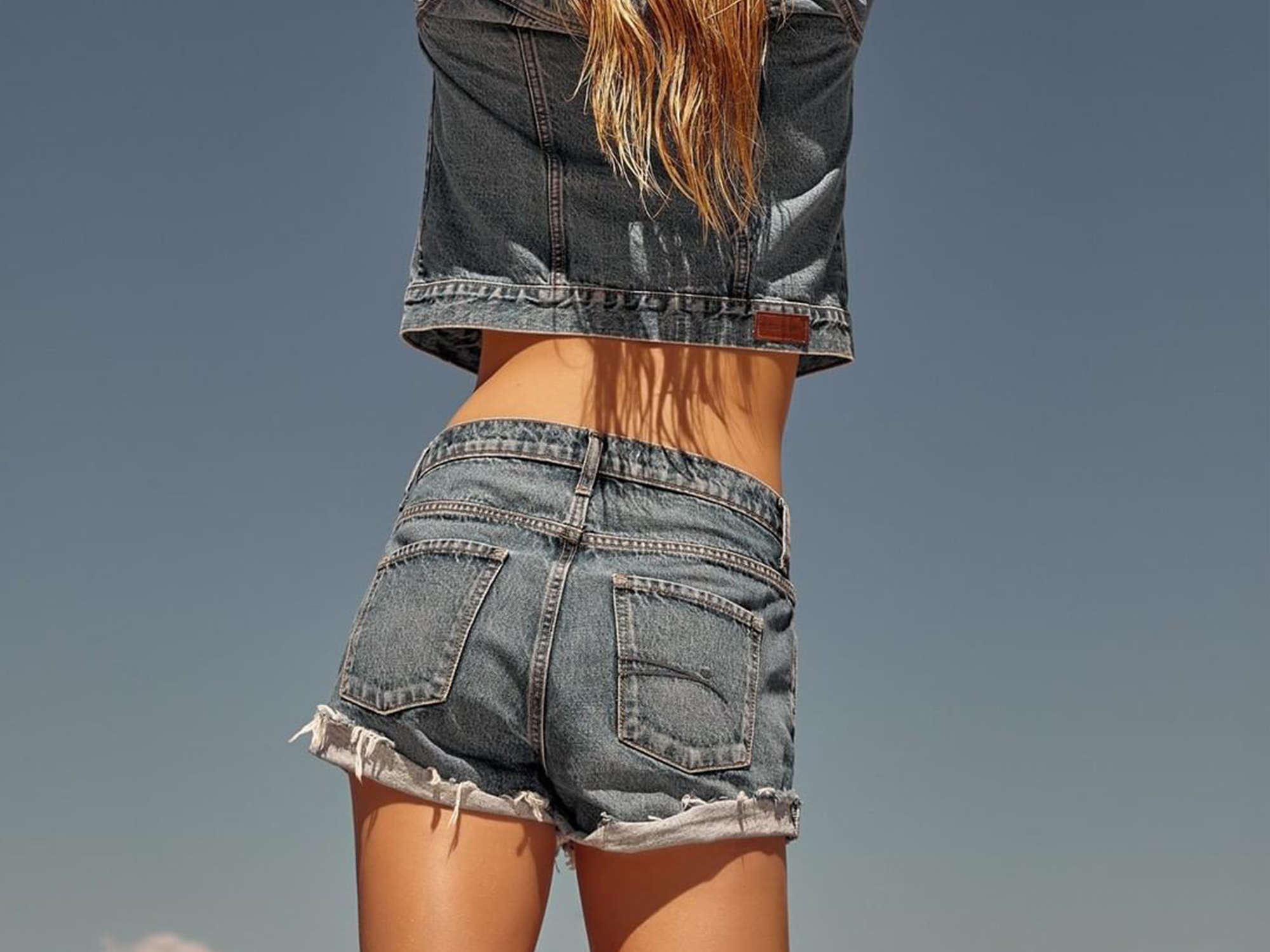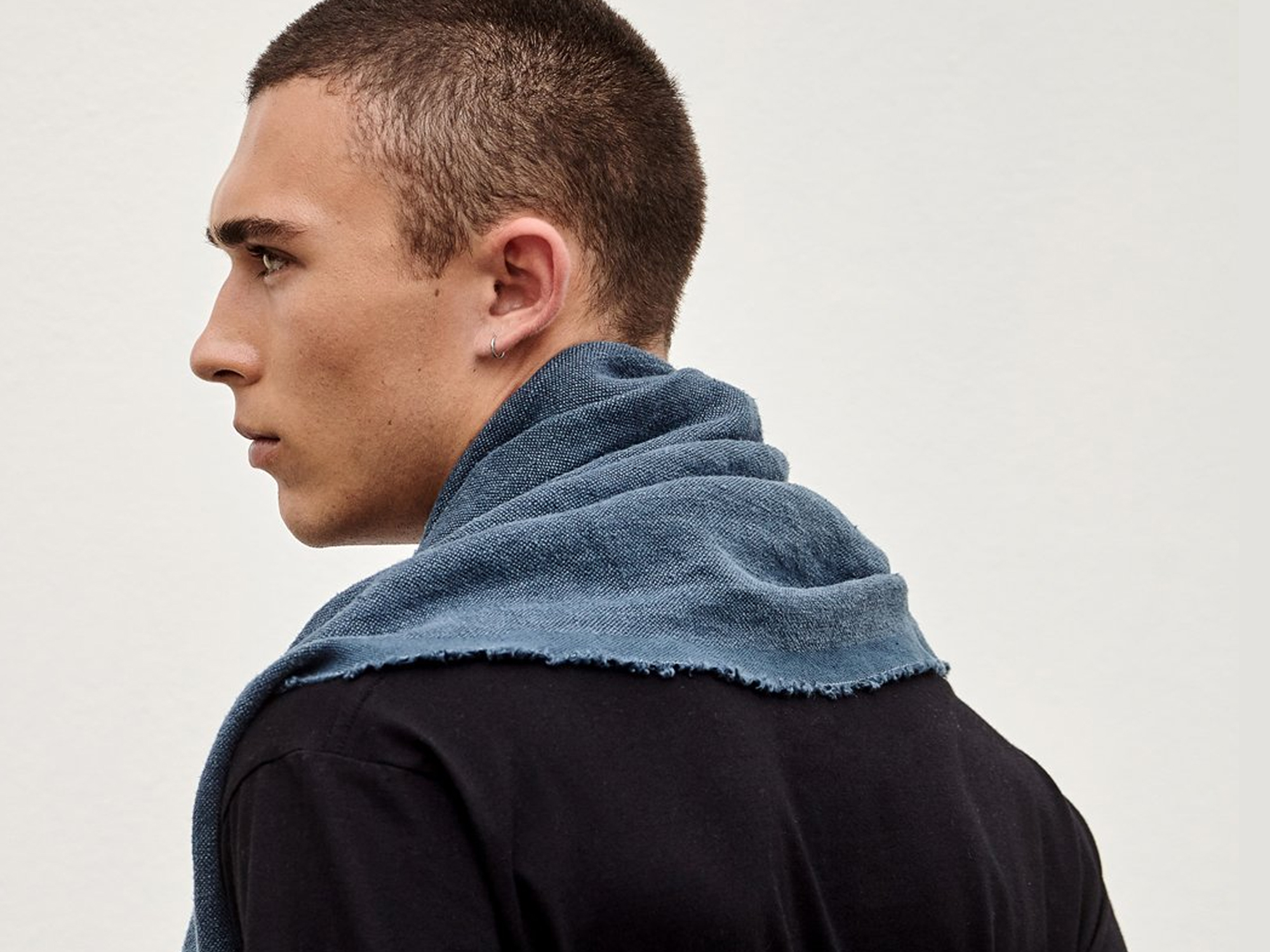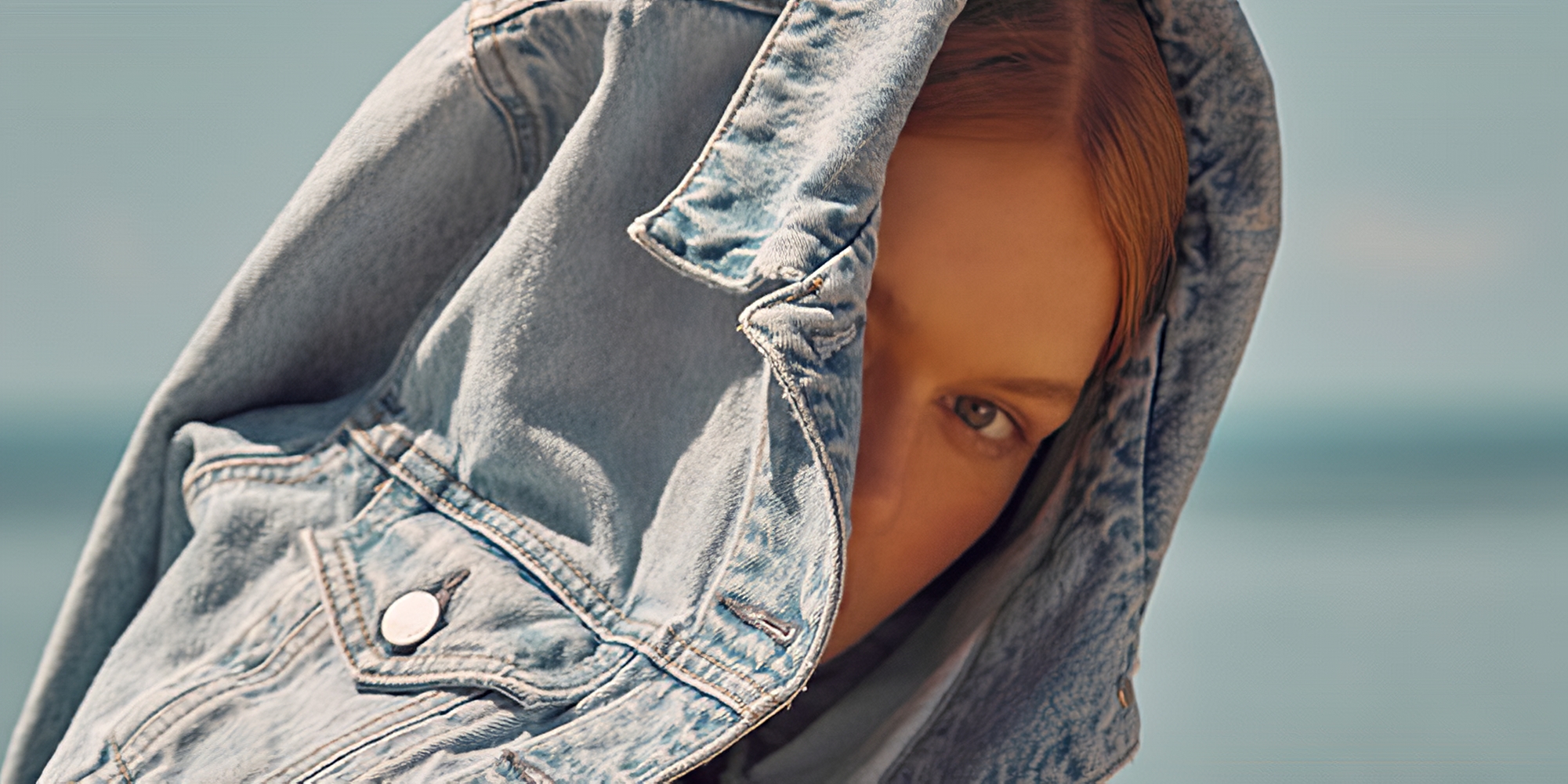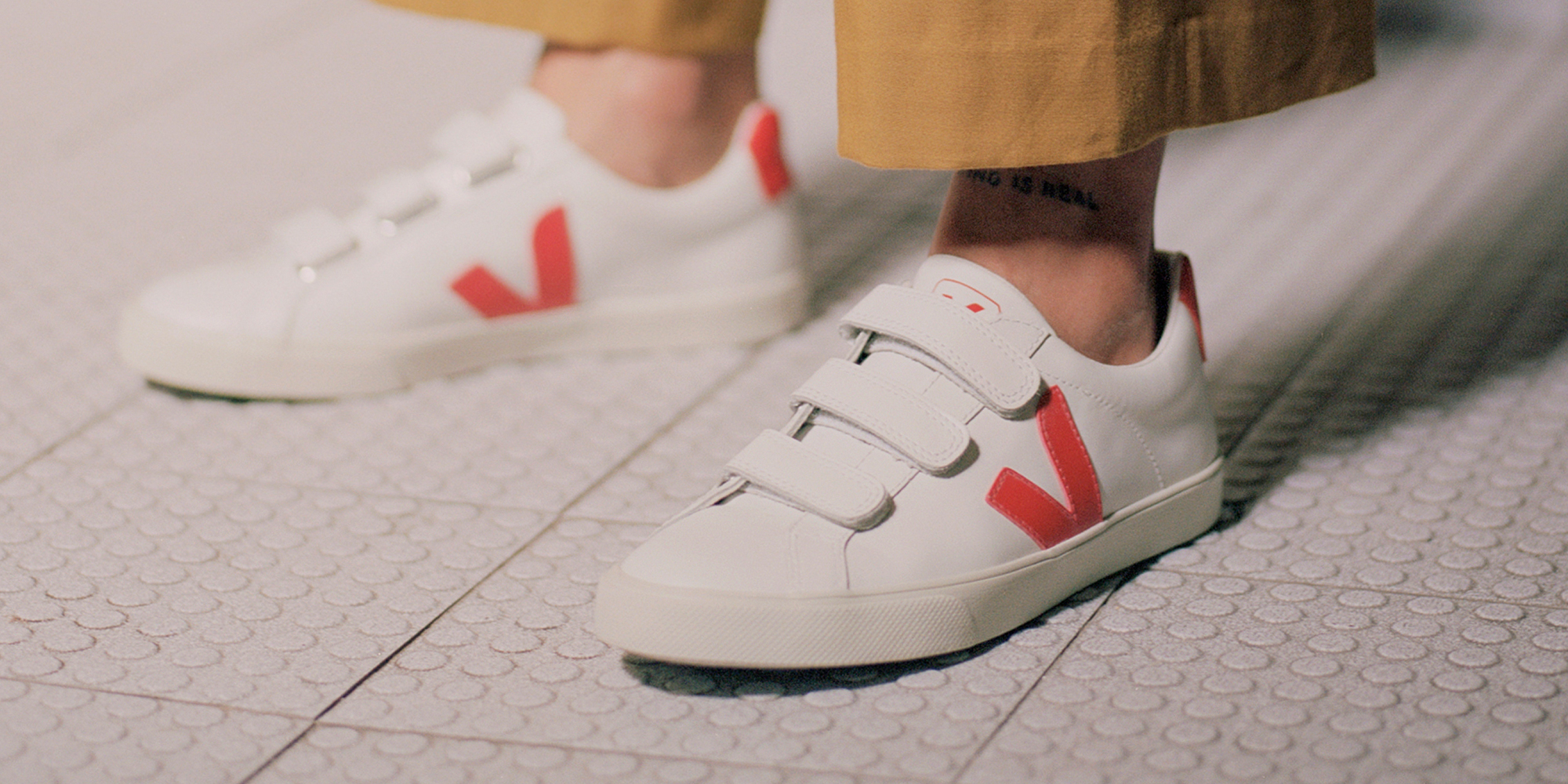Our editors curate highly rated brands that are first assessed by our rigorous ratings system. Buying through our links may earn us a commission—supporting the work we do. Learn more.
Positioning itself as “fun ‘n’ flirty on a budget” has worked well for Forever 21. But how ethical is Forever 21? Unfortunately, the brand isn’t doing enough to manage its impact on people, the planet, and animals, and gets our lowest rating “We Avoid”. This article is based on the Forever 21 rating published in September 2023 and may not reflect claims the brand has made since then. Our ratings analysts are constantly rerating the thousands of brands you can check on our directory.
Why you might want to avoid Forever 21
Positioning itself as “fun ‘n’ flirty on a budget” has clearly worked well for Forever 21. This family-owned brand has grown over the last 36 years to be one of the biggest specialty retailers in the United States, and has hundreds of stores globally. But the brand has a history riddled with controversies.
From ripping off independent artists, to releasing culturally insensitive designs, to using straight-sized models in advertising for plus-sized clothing, and even shipping plus-sized orders with weight loss bars—yikes.
But what about behind the scenes? Is Forever 21 doing the right thing for workers, the environment, and animals? How ethical is Forever 21?
Environmental impact
Forever 21 has failed to say anything meaningful about its sustainability policies—or lack thereof. It uses few lower-impact materials, and we found no evidence the brand is taking meaningful action to reduce its climate impacts, protect biodiversity in its supply chain, and minimise textile waste. As a shopper, you have the right to know how a brand’s production practices impact our environment.
Forever 21 is also known for following an unsustainable fast fashion model with quickly changing trends and regular new styles. For all these reasons, we rate Forever 21’s impact on the planet “Very Poor”, a score that hasn’t changed in the last few ratings.
Labour conditions
Forever 21 is “Very Poor” for people, too. Its Code of Conduct covers some ILO Four Fundamental Freedoms principles, but that’s the only good news. There’s no evidence Forever 21 provides financial security to its suppliers, which can result in poor working conditions. We also found no evidence it implements practices to support diversity and inclusion in its direct operations or supply chain nor that it ensures workers are paid living wages.
It’s one of the only fast fashion brands that hasn’t signed the Bangladesh Accord on Fire and Building Safety—a legally binding agreement which requires brands to ensure safe working conditions in supplier factories. Plus, it’s taken insufficient steps to remediate its links to cotton sourced from Xinjiang, a region in China at risk of Uyghur forced labour. Do better, Forever 21.
Animal welfare
Forever 21 used to do better by animals, but its animal rating lowered in our last review and is now “Not Good Enough”. The brand has published a general statement about minimising animal suffering but not a formal animal welfare policy. And while it doesn’t use leather, down, fur, angora, or exotic animal skin, it appears to use wool, exotic animal hair, and decorative feathers without stating sources. And of course, there’s no evidence Forever 21 traces any of these animal-derived materials even to the first production stage. This is problematic for both our furry and feathery friends and factory workers as their wellbeing cannot be guaranteed.
Overall rating: ‘We Avoid’
Overall, Forever 21 received our lowest possible score of “We Avoid”. Even compared to other fast fashion giants such as H&M and Uniqlo, Forever 21 is left trailing behind. It’s time for Forever 21 to stop paying lip-service to corporate social responsibility and to be more transparent.
Note that Good On You ratings consider hundreds of issues, and it is not possible to list every relevant issue in a summary of the brand’s performance. For more information, see our How We Rate page and our FAQs.
Responsible brands with hundreds of products under $50 may not be realistic—and nor should they be, if we talk about the true cost of fashion—but there are a few options out there for those on a budget. Read our articles on affordable more sustainable brands, and check out our selection of better alternatives to Forever 21 below.
However, we recognise that many of these better brands appear more expensive up front. That’s because more goes into a price tag than the cost of fabric. Fast fashion prices are often low because brands don’t pay workers living wages or follow many responsible practices in production. Fast fashion has also distorted our view of clothing prices. We now spend much less per garment and buy far more low-quality clothing than we did only a few decades ago. When taking into account cost per wear, it ends up costing less in the long run to invest in higher-quality items you’ll wear again and again.
We aim to highlight the range of better, more affordable brands, but we also encourage you to seek out the most sustainable options that work for you. Sometimes this means shopping second hand, other times rediscovering and restyling what you already own.
Good swaps
“Good” and “Great” alternatives to Forever 21.





